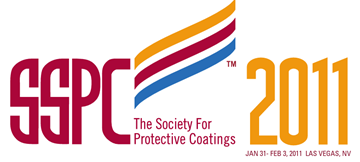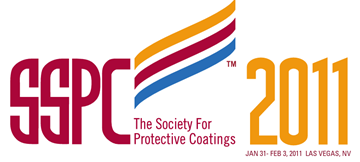Search
Products tagged with '2011 Conference Papers'
View as
Sort by
Display
per page
Spray Polyurea System for Challenging Applications
Product Number:
41211-625-SG
Publication Date:
2011
$20.00
Standardized Coating Systems for Commercial Applications
Product Number:
41211-603-SG
Publication Date:
2011
$20.00
Strategic Corrosion Protection of a 30 Million Gallon Combined Sewerage Overflow Tunnel
Product Number:
41211-629-SG
Publication Date:
2011
$20.00
Study of Scribe Type on Accelerated Underfilm Corrosion Creep
Product Number:
41211-642-SG
Publication Date:
2011
$20.00
Study on Effect of Phosphate Species on Green Rust Transformation in Steel in Marine Environment
Product Number:
51300-11403-SG
Publication Date:
2011
$20.00
The Contractor’s Logistics and Challenges of Painting Commercial Stores During Operation
Product Number:
41211-621-SG
Publication Date:
2011
$20.00
The Integration of a Safety Program into a Quality Management System
Product Number:
41211-656-SG
Publication Date:
2011
$20.00
The Use of Personal Protective Equipment and Regulations & Standards Affecting Safe Abrasive Blasting
Product Number:
41211-601-SG
Publication Date:
2011
$20.00
The Williamson Free School of Mechanical Trades- The Glen Stevick Structural Coatings Technology Course
Product Number:
41211-592-SG
Publication Date:
2011
$20.00
Thermal Insulating Coatings Can Reduce a Facility’s Carbon Footprint in More Ways Than One
Product Number:
41211-652-SG
Publication Date:
2011
$20.00
Time is Money: Improving Shop & Field Painting Throughput by Reducing Finish Coat Handling Time
Product Number:
41211-595-SG
Publication Date:
2011
$20.00












